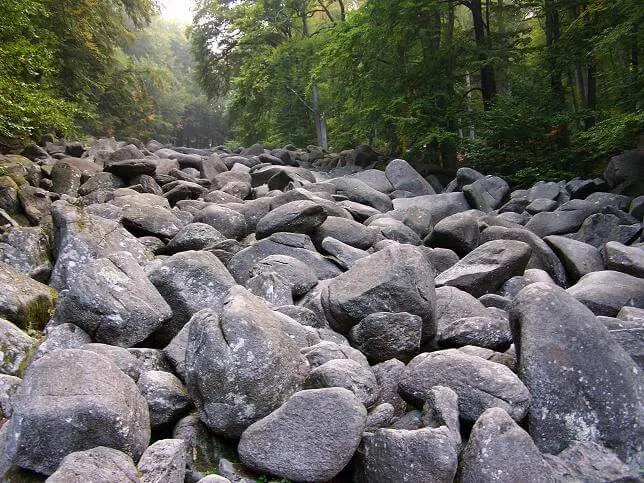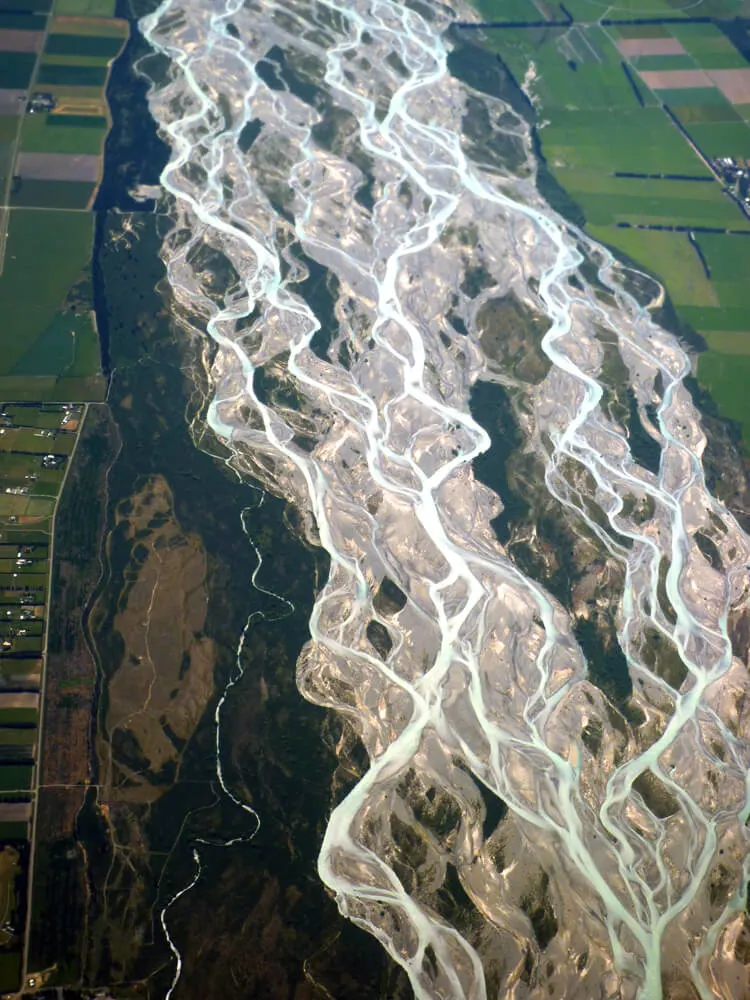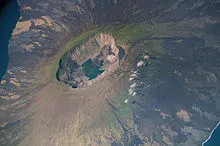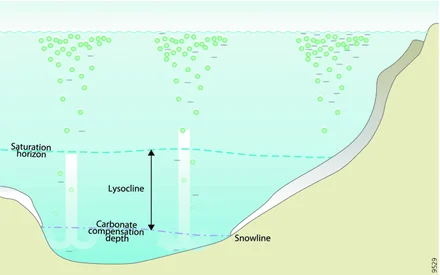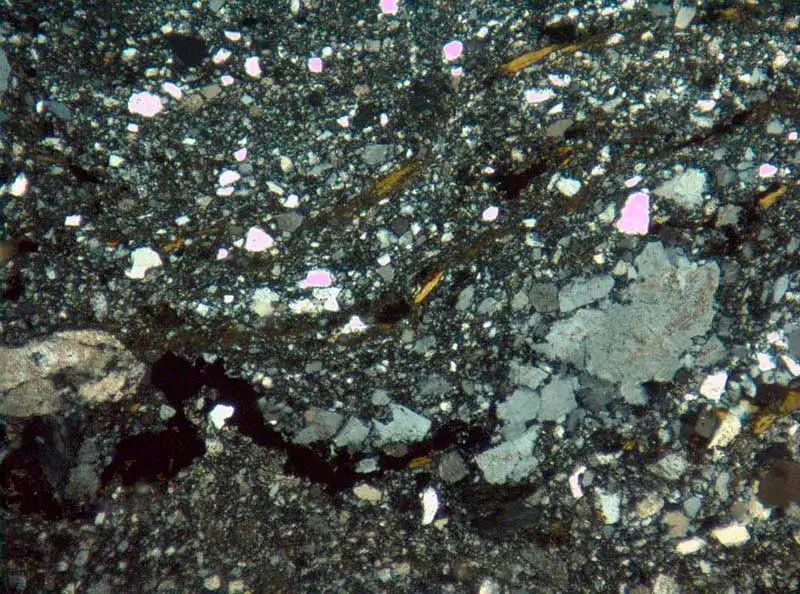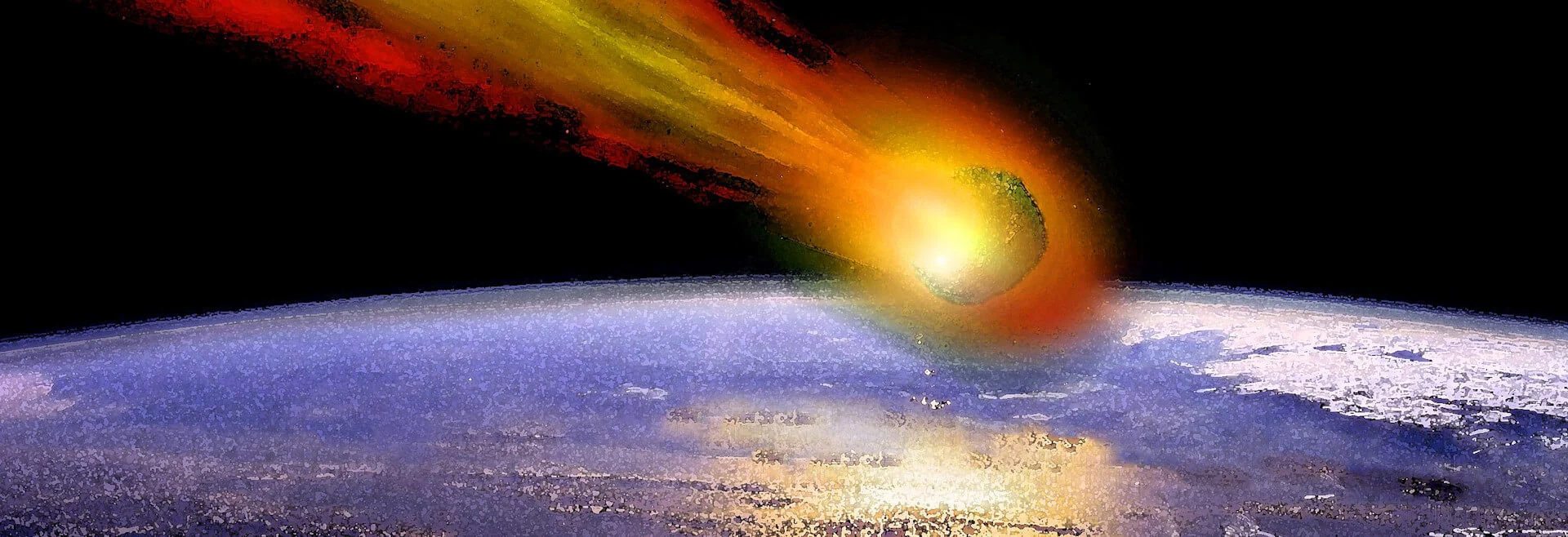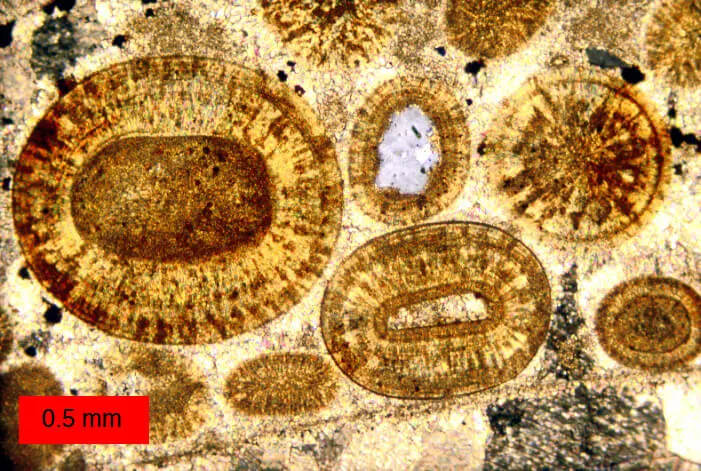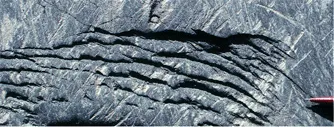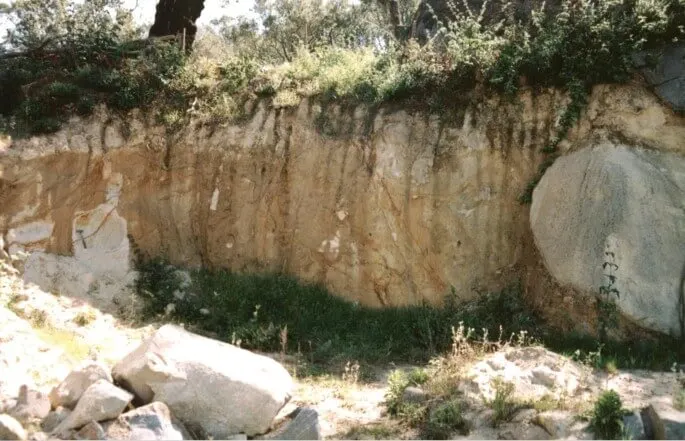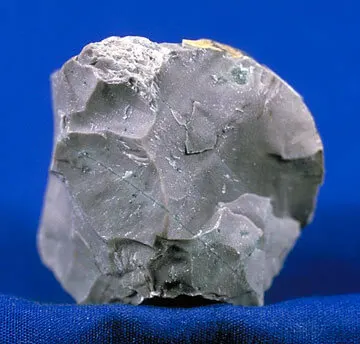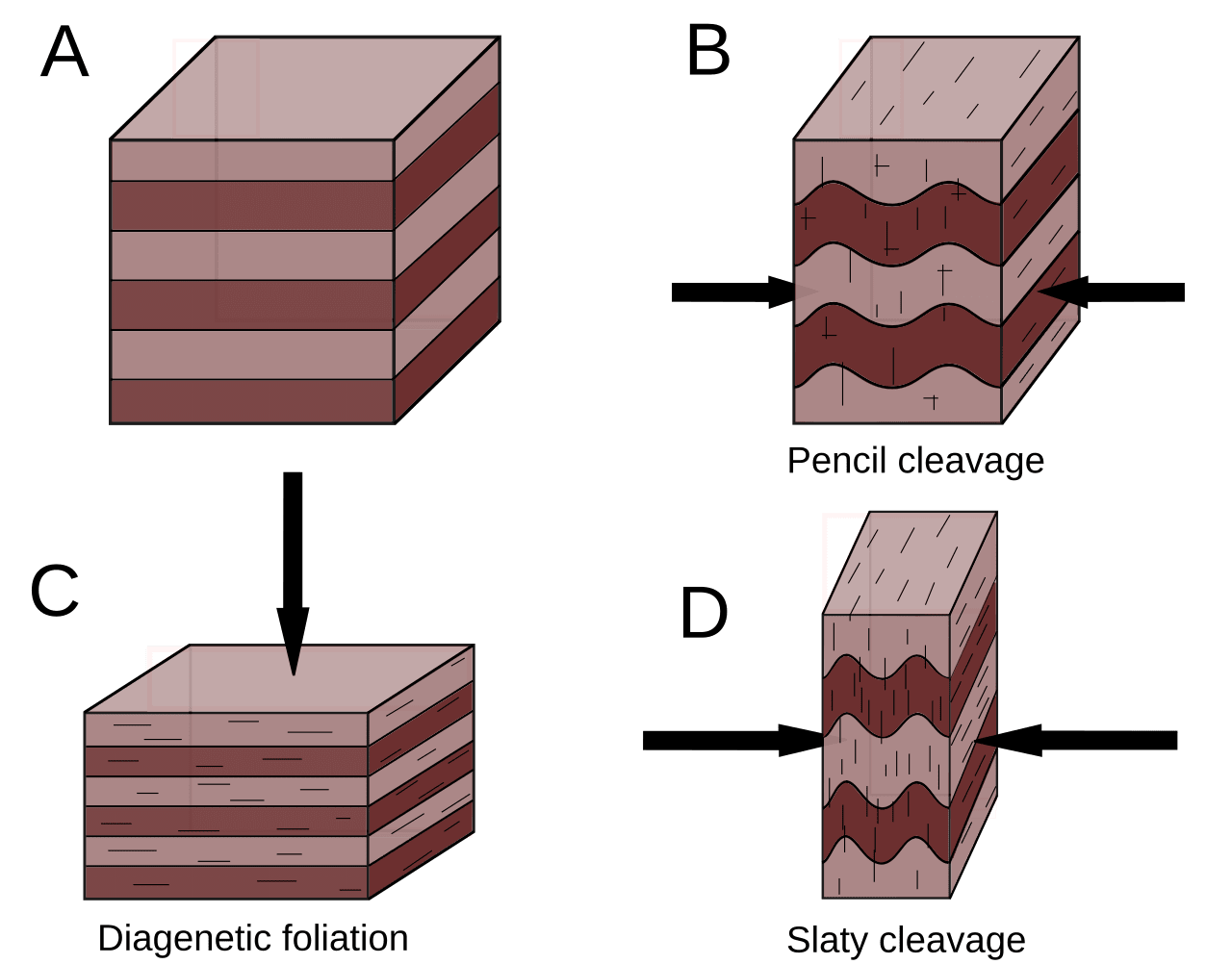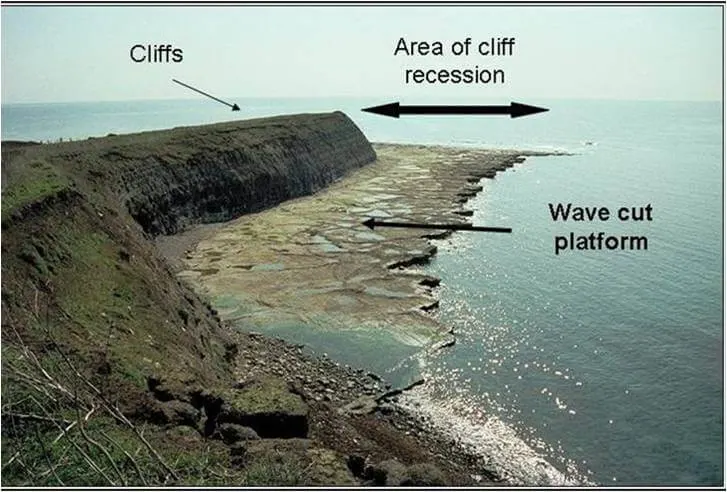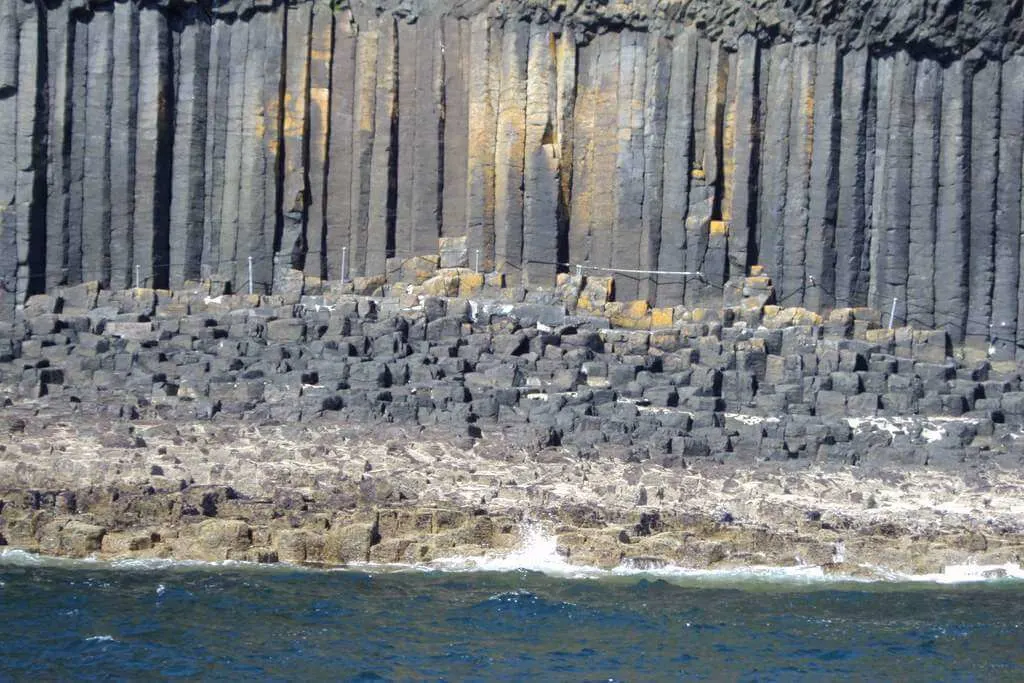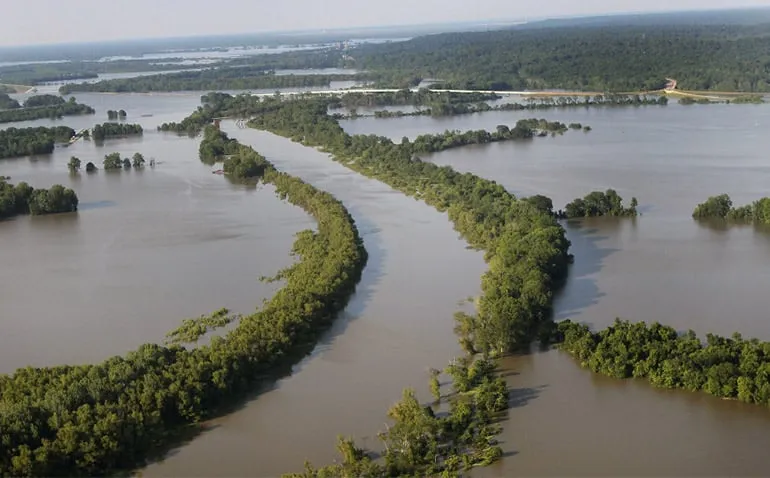A boulder field is an extensive area covered by large, weathered rocks, typically found at high elevations or in glacial environments. These fields are formed by processes such as frost weathering, glacial action, and mass wasting. Boulder fields are important for understanding the geomorphological processes that shape mountainous and polar regions.
Reference: Fahey, B. D., & Lefebure, T. (1988). “Boulder Fields and the Morphology of the Southern Alps.” New Zealand Journal of Geology and Geophysics, 31(4), 435-446.

